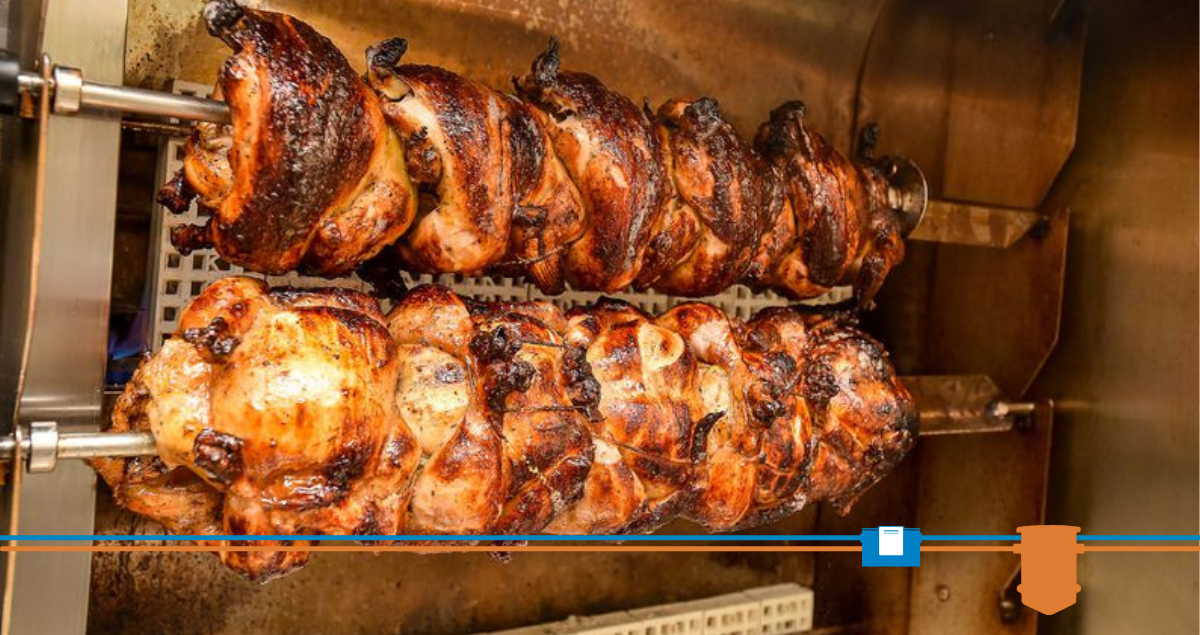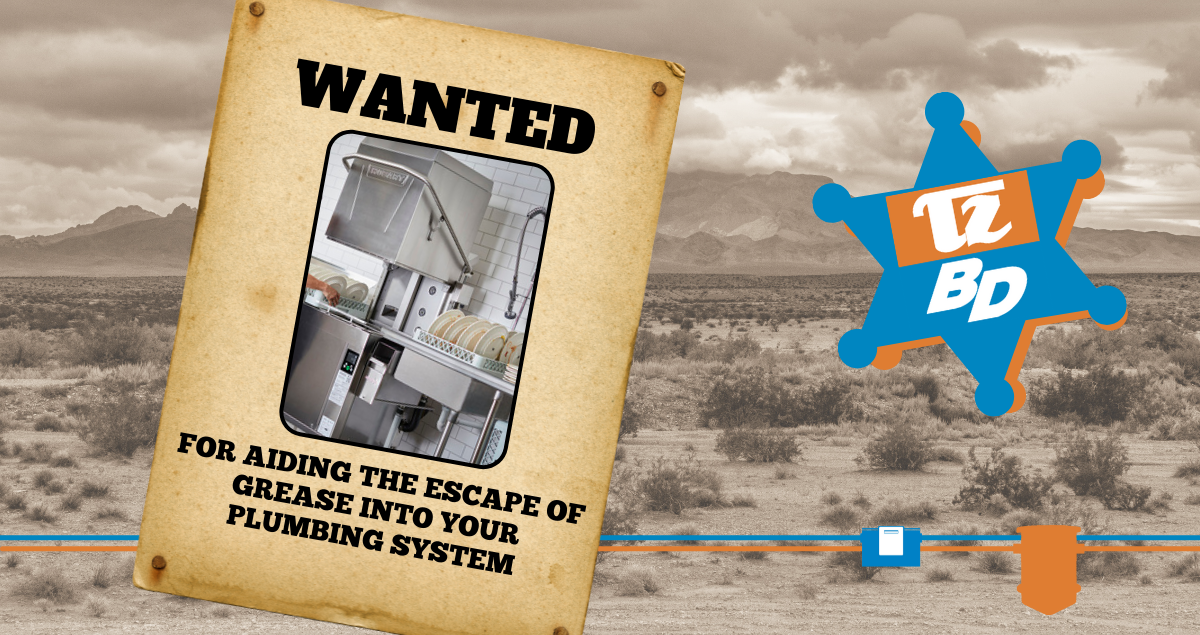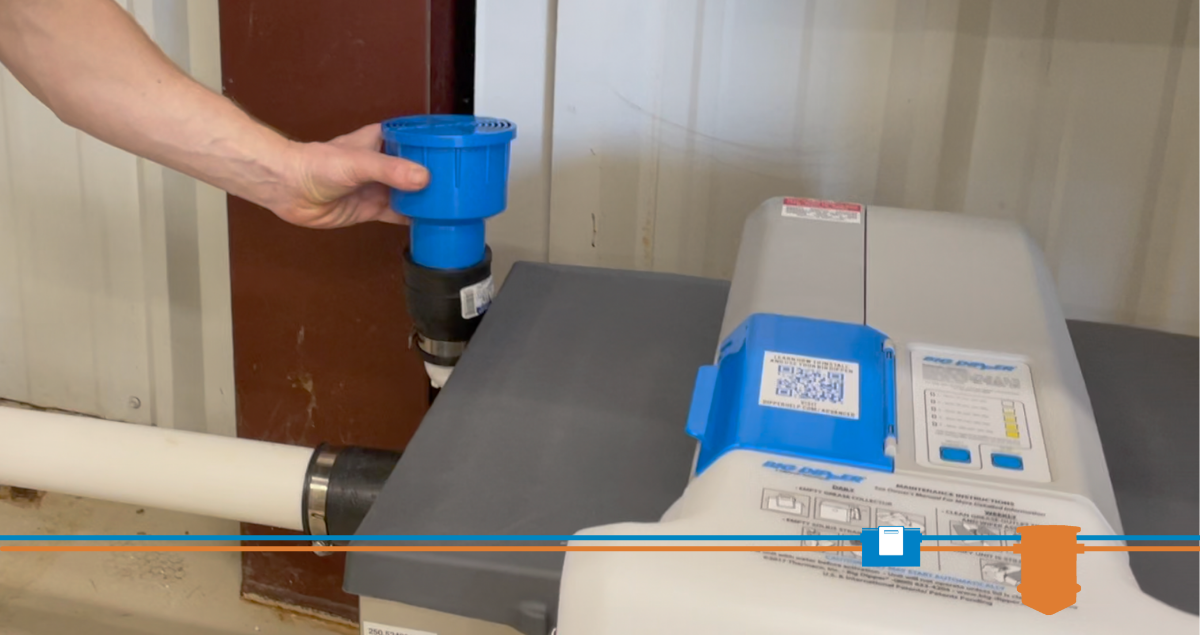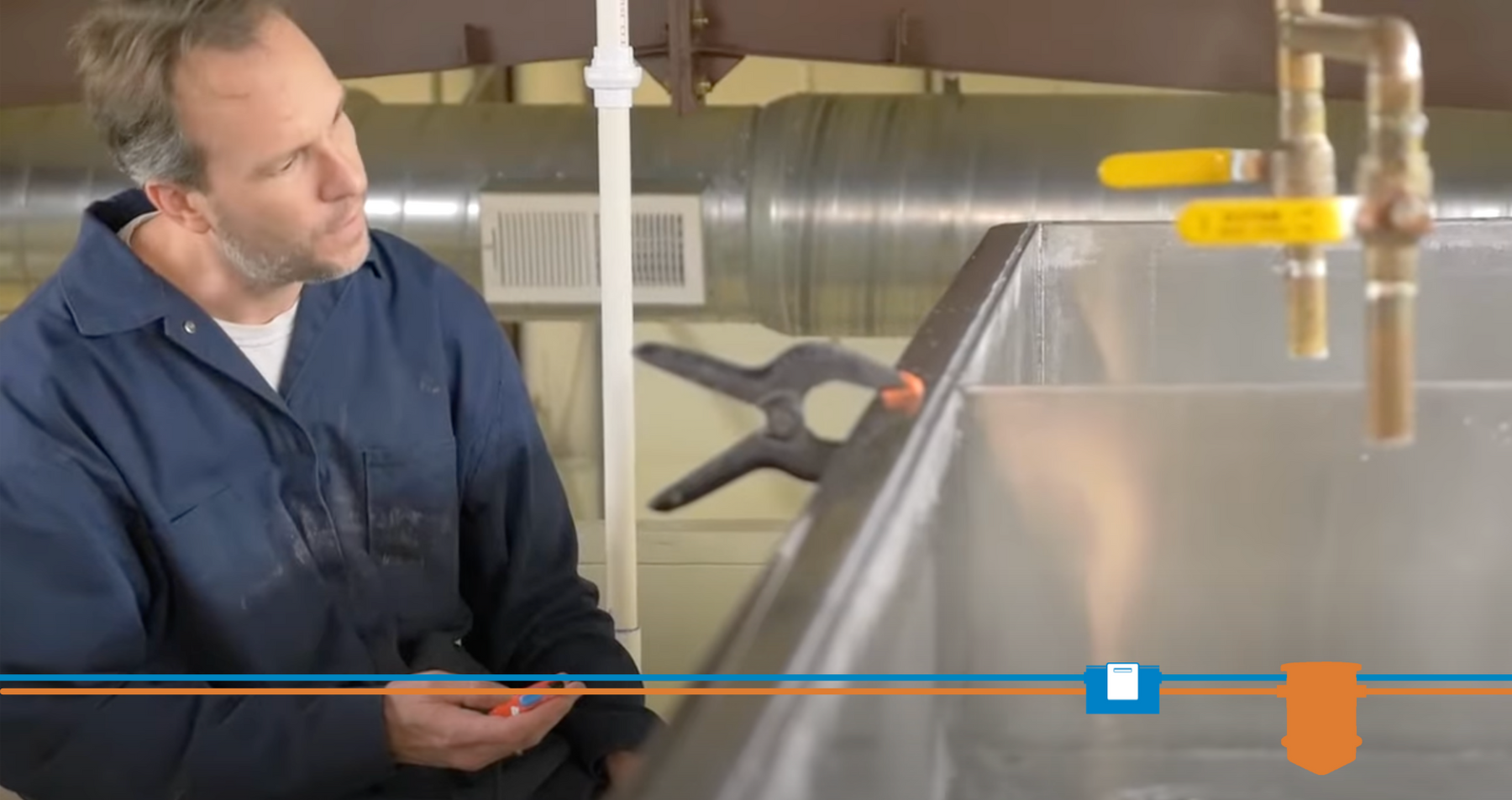Why fiberglass grease traps fail
- Sep 20, 2016
Second in a three-part series. Read part 1, Why Concrete Grease Traps Fail, and part 3, Why Steel Grease Traps Fail.
Grease traps – at least most grease traps – don’t last forever. Understanding why some fail might help keep your current interceptor running efficiently. If you’re in the market for a new grease interceptor, understanding why they fail might help you make a smarter choice.
Grease trap failure means one of two things:
- The grease trap stops functioning properly because it’s been damaged in some way.
- The grease trap stops functioning properly because it’s become less efficient or been pushed beyond its performance limits.
Grease interceptors have different weaknesses and points of failure depending on what they’re made of. Those materials affect how durable a particular grease trap is, and often affect how it’s designed. Design choices, in turn, also affect the reliability and durability of a grease trap.
Why fiberglass grease traps fail.
Since concrete has so problems with corrosion, a substance such as fiberglass, which doesn’t have those problems, might seem to be a better choice. While fiberglass doesn’t experience the corrosion problems that steel and concrete grease traps do, it has some other challenges.
Rigidity. Fiberglass is very rigid. As a result, it is prone to cracking and structural failure if not installed correctly. One mistake, and suddenly your fiberglass grease trap is leaking. Not good.
Weak points. Inlet and outlet connections are usually made out of separate PVC or fiberglass piping. Those are attached to the grease interceptor’s main chamber by glue or gaskets, and those attachments are potential stress points that could break or lead to leaks.
If you’re considering a fiberglass grease trap, or you have one that you expect to replace, keep in mind that fiberglass grease traps sometimes come with long lead times. This might be OK if you’re planning several weeks or months in advance, but if the fiberglass trap is a replacement for a failed unit, you could be out of business until the new trap arrives.
If that wait is impractical, or if you’re wary of fiberglass due to its propensity to track, you might consider a trap constructed of a durable plastic (such as polyethylene) that has many of the same advantages as fiberglass, but is tougher and less prone to leaks and breaks.
Durability is just one aspect of choosing a grease trap. If you want more detailed information on choosing a grease trap, please download our free guide, “How to Choose a Grease Interceptor.”






